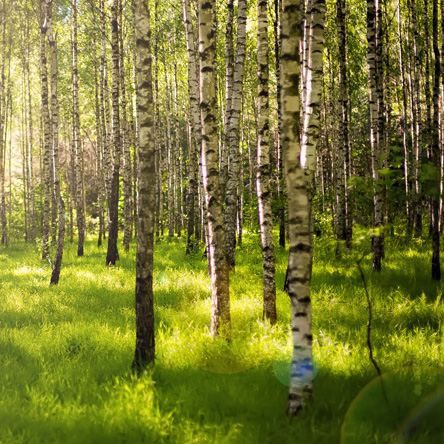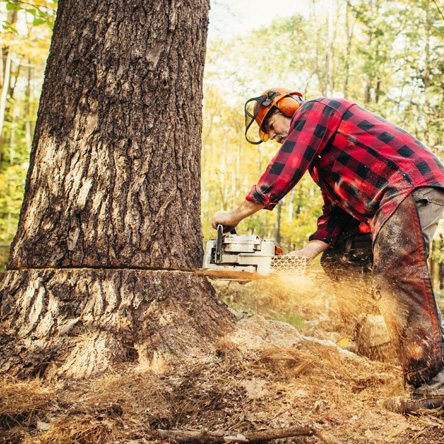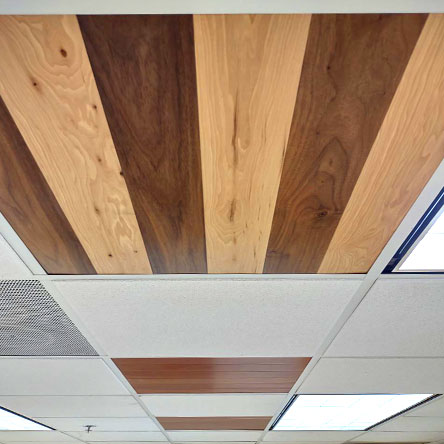Build with Hardwoods.
Save the planet
Everyone loves hardwood for its beauty, durability and lasting value. But you may not know that hardwood is also better for the planet than most other material choices, including softwoods, plastics and metals. In fact, crafting with sustainably sourced hardwoods provides significant environmental benefits, including carbon capture. Here’s why.


Hardwood and the Carbon Cycle
Unlike softwoods, hardwood trees are harvested when they are fully mature. And a mature hardwood tree acts as a carbon “sink,” pulling CO2 out of the air and capturing it in a stable form. The carbon held in wood does not return to the atmosphere until that wood is burned or decays. When you use hardwood to create lasting products, the carbon remains bound in the products for their entire lifecycle—which may be generations for heirloom hardwood crafts. Done right, hardwood harvesting is not just carbon neutral but actually carbon negative.
Moreover, the way hardwood is harvested increases the carbon capture potential for the whole forest. Trees capture large amounts of carbon during their growth phases, making forests one of the most important terrestrial carbon sinks. But when large hardwood trees mature, they shade out smaller trees in the understory, impeding their growth. Selective harvesting methods remove mature hardwoods as they reach the “downside” of their carbon capture potential. By clearing out the canopy, selective hardwood harvesting allows younger trees to grow, restarting the carbon capture cycle. This method of harvesting is much better for the environment than “clear-cutting” methods often used with softwoods.
Read more from the U.S Department of Agriculture: The Wood Product and Carbon Connection.
a renewable resource
Hardwood trees represent a renewable natural resource for builders and crafters. Plant-based materials such as wood can be replaced and regrown time and time again, unlike limited resources such as metal ores or petroleum-based products. With responsible harvesting methods, a hardwood forest can provide materials for as long as the forest is maintained and nurtured.
environmentally responsible
Wood is not only beautiful, it is also the environmentally responsible choice. Petroleum-based plastics emit huge quantities of carbon during production and take decades or centuries to break down in the environment. Metal ore mining is also energy intensive and environmentally damaging. Hardwood is environmentally friendly at every stage of the material lifecycle. In addition to their carbon capture benefits, forests create habitat for thousands of species and generate the oxygen we all breathe. Wood products sequester carbon for decades of use, if not longer. And when a wood product reaches the end of its useful life, wood can be used as a carbon-neutral fuel or left to decay naturally in the environment, with no harmful byproducts. That’s why wood is among the most environmentally friendly material options available.




